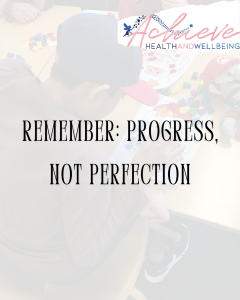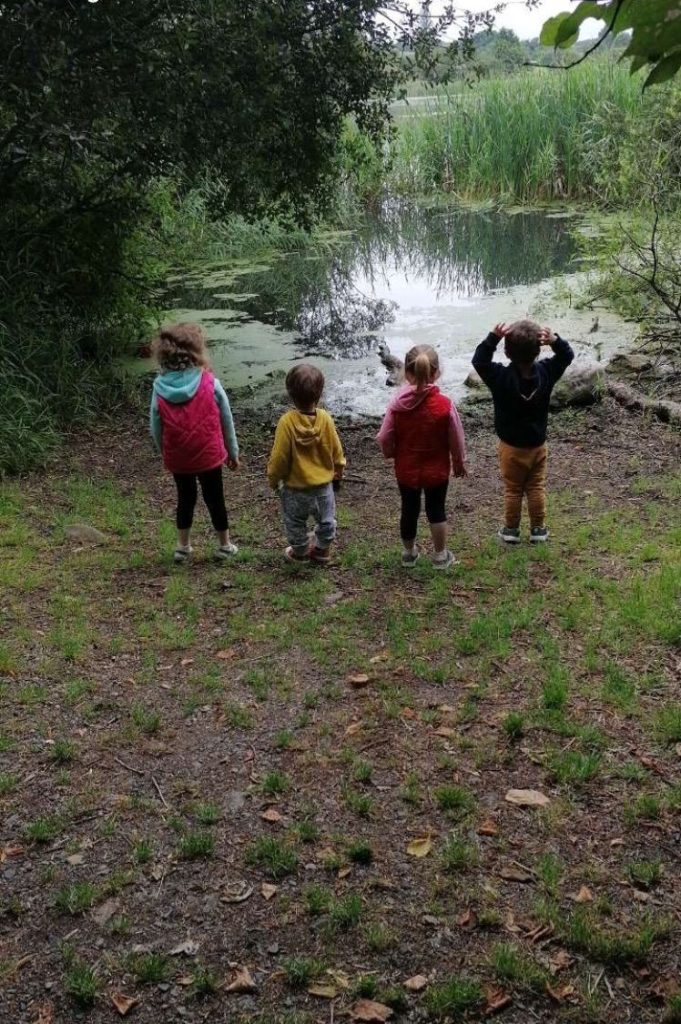Helping Your Child Navigate Transition Times: Tips for Parents and Caregivers
Transitioning from one activity to another can be a challenging time for many children. Whether it’s moving from playtime to dinner, switching from one class to another, or heading out after a fun day at the park, these changes can often lead to frustration, tears, or even tantrums. As a parent, understanding your child’s struggle with transitions and learning effective strategies can make these moments smoother and more enjoyable for everyone involved.

Understanding the Challenge
Children, especially those in the early years of development, thrive on routine and predictability. According to research published in the journal Child Development, children often rely on structured environments learned through repetition, and sudden changes can lead to anxiety or behavioral issues (Sullivan, 2019). For some kids, especially those with developmental delays or sensory processing disorders, transitions can feel particularly overwhelming due to difficulties with change and adaptability.
Tips for Easing Transitions
- Create a Visual Schedule: Visual schedules can help children understand what to expect throughout the day. Use pictures or symbols for each activity, allowing your child to visually track their day. This method not only builds anticipation for the next activity but also provides a sense of control.
- Use Timers: Setting a timer can help signal that an activity is coming to an end. The visual cue of a countdown can prepare your child for the next change. Explain what the timer means and allow for the transition to happen gradually as the timer approaches the end.
- Establish Routines: Predictable routines look different for everyone. Having a consistent routine around transitions—such as a five-minute warning before changing activities—sets expectations for your child and helps them better prepare for changes.
- Engage in Transitional Activities: Sometimes, a smooth transition can be facilitated by a brief transitional activity, such as a short song or game. For example, singing a specific song when it’s time to clean up can signal that the fun is about to change.
- Practice Mindfulness and Breathing Techniques: Teaching your child simple breathing exercises can help them calm their minds during stressful transitions. Breathing in and out slowly can create a moment of focus and ease anxiety.
- Role Play and Social Stories: For older children, consider talking through transitions using role play or social stories. Discuss what to expect when transitioning and practice scenarios together. This method can help your child become more familiar with change and build coping strategies.
- Offer Choices: Giving your child some control over their day can reduce anxiety around transitions. Offer limited choices—for instance, “Do you want to help set the table before dinner or read a book?”—to empower your child while maintaining structure.
- Be Patient and Validate Feelings: Always acknowledge your child’s feelings about transitions, even if they seem minor from an adult perspective. Validating their feelings helps them feel understood and encourages open communication.
Moving Forward
Transitions can be difficult for children, but with practice and the right strategies, they can become more manageable. Remember that consistency is key; be patient and try different approaches to find what works best for your child. As parents, being proactive and supportive during these times will not only help your child feel more secure but also foster independence in managing change over time.
Conclusion
Transitioning from one activity to another is a learning experience for both you and your child. By equipping yourself with strategies and understanding their needs, you create a supportive environment where they can thrive. Remember, every child is unique, so take the time to explore what methods resonate best with your family.
References:
- Sullivan, A. (2019). Child Development. [Journal Article].
Feel free to adapt these techniques based on your child’s specific needs, and remember that you are not alone in facing these challenges—many parents experience the same ups and downs. With time and support, transitions can become a lot less daunting for your child and your family.







